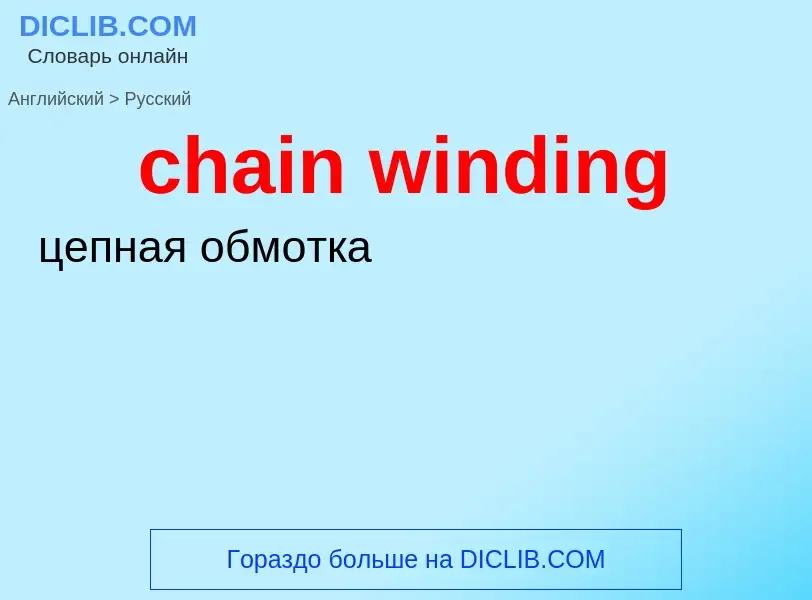Vertaling en analyse van woorden door kunstmatige intelligentie
Op deze pagina kunt u een gedetailleerde analyse krijgen van een woord of zin, geproduceerd met behulp van de beste kunstmatige intelligentietechnologie tot nu toe:
- hoe het woord wordt gebruikt
- gebruiksfrequentie
- het wordt vaker gebruikt in mondelinge of schriftelijke toespraken
- opties voor woordvertaling
- Gebruiksvoorbeelden (meerdere zinnen met vertaling)
- etymologie
chain winding - vertaling naar russisch
Definitie
Wikipedia
Filament winding is a fabrication technique mainly used for manufacturing open (cylinders) or closed end structures (pressure vessels or tanks). This process involves winding filaments under tension over a rotating mandrel. The mandrel rotates around the spindle (Axis 1 or X: Spindle) while a delivery eye on a carriage (Axis 2 or Y: Horizontal) traverses horizontally in line with the axis of the rotating mandrel, laying down fibers in the desired pattern or angle to the rotational axis. The most common filaments are glass or carbon and are impregnated with resin by passing through a bath as they are wound onto the mandrel. Once the mandrel is completely covered to the desired thickness, the resin is cured. Depending on the resin system and its cure characteristics, often the mandrel is autoclaved or heated in an oven or rotated under radiant heaters until the part is cured. Once the resin has cured, the mandrel is removed or extracted, leaving the hollow final product. For some products such as gas bottles, the 'mandrel' is a permanent part of the finished product forming a liner to prevent gas leakage or as a barrier to protect the composite from the fluid to be stored.
Filament winding is well suited to automation, and there are many applications, such as pipe and small pressure vessel that are wound and cured without any human intervention. The controlled variables for winding are fibre type, resin content, wind angle, tow or bandwidth and thickness of the fiber bundle. The angle at which the fibre is wound has an effect on the properties of the final product. A high angle "hoop" will provide circumferential strength, while lower angle patterns (either polar or helical) will provide greater longitudinal / axial tensile strength.
Products currently being produced using this technique range from pipes, golf club shafts, reverse osmosis membrane housings, oars, bicycle forks, bicycle rims, power and transmission poles, pressure vessels, missile casings, aircraft fuselages, lamp posts and yacht spars.






